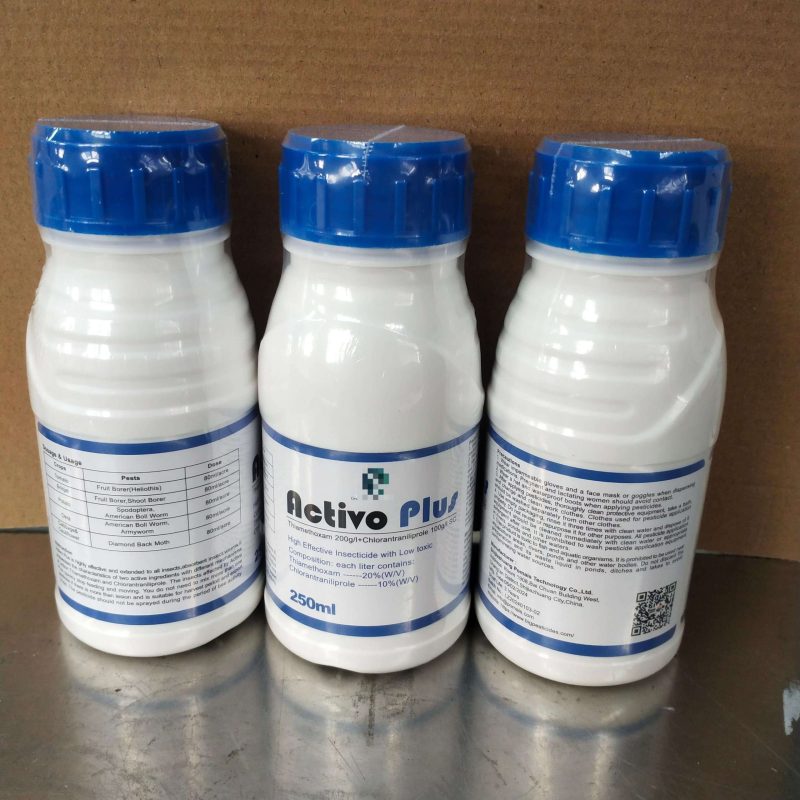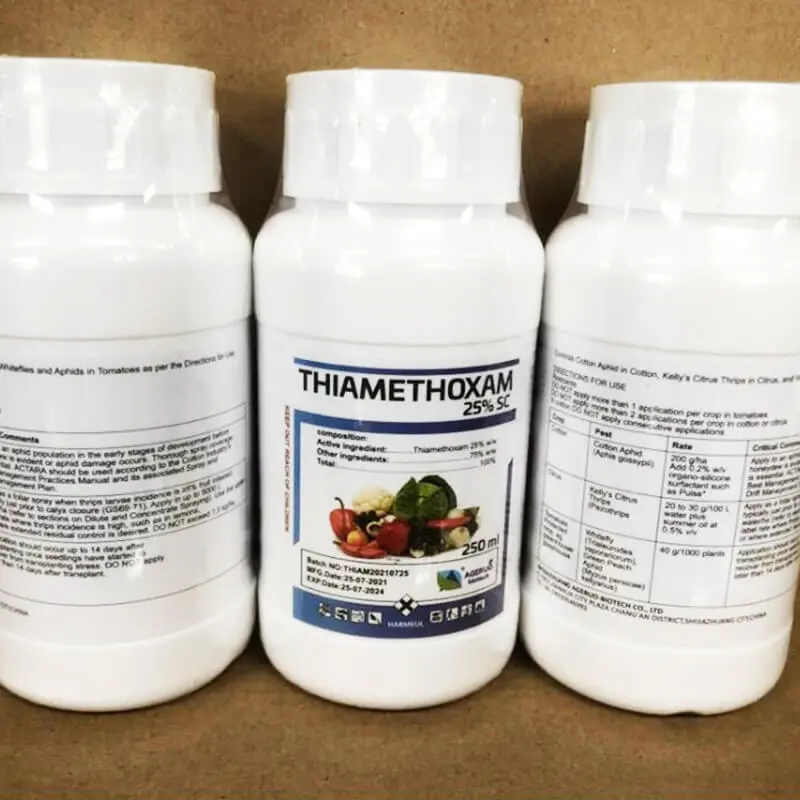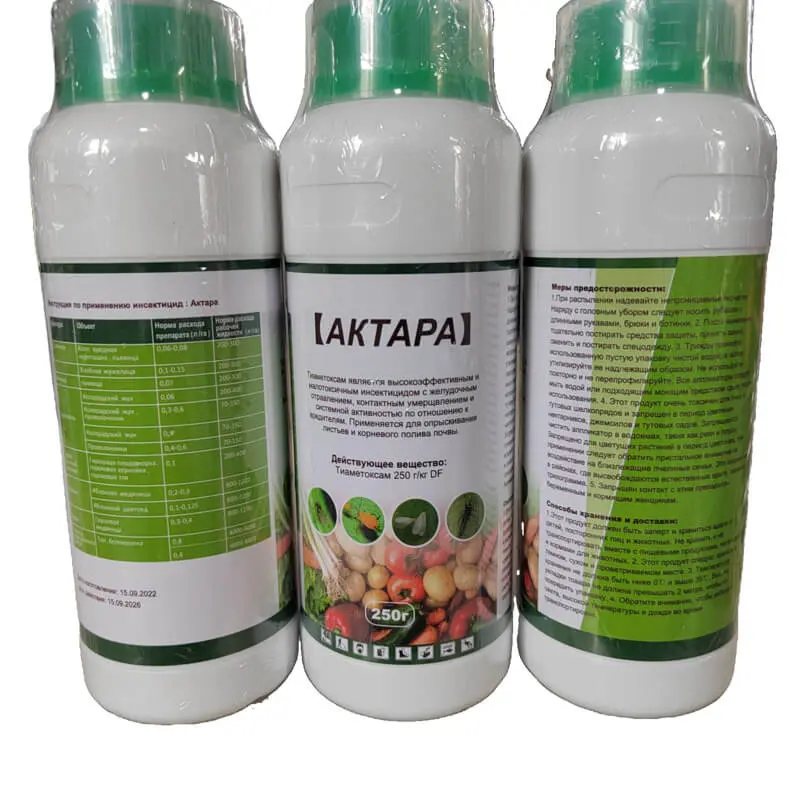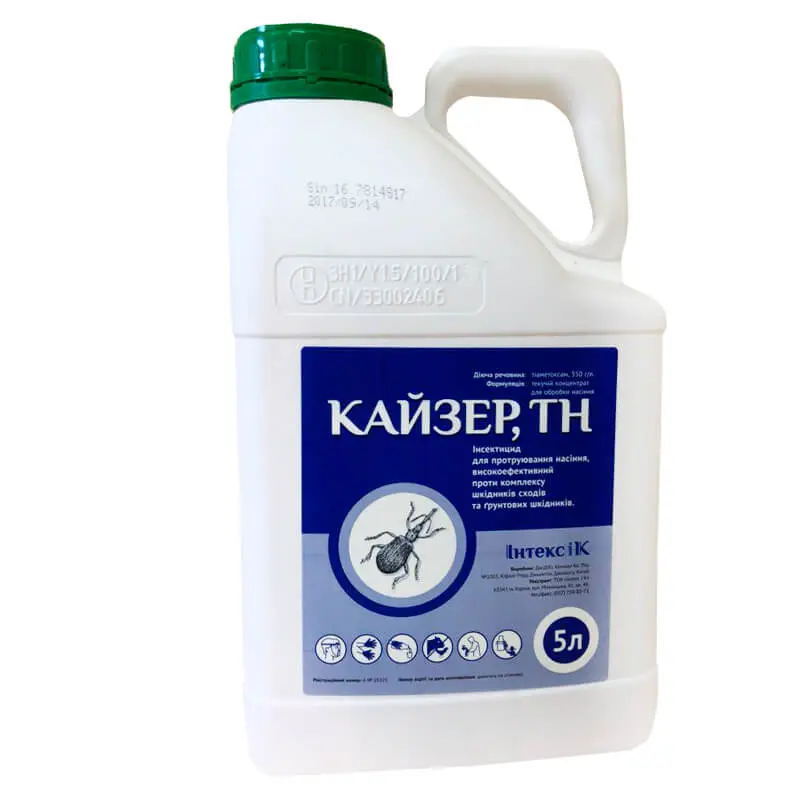Thiamethoxam for Bed Bugs
Bed bug infestations pose a serious challenge for both households and businesses, leading to itching bites, sleepless nights, and costly remediation. Combating these resilient pests requires potent solutions. Thiamethoxam, a powerful neonicotinoid insecticide, has emerged as an effective tool in bed bug control.
In this comprehensive guide, we explore:
- Thiamethoxam’s chemical properties and mode of action
- Applications and target pests
- Effectiveness against bed bugs and usage guidelines
- Comparison with other insecticides
- Safety, residual effects, and precautions
- Bed bug biology and control strategies
Whether you’re a pest management professional, B2B client, retailer, or an informed consumer, this article will help you understand why Thiamethoxam is a promising solution for bed bug infestations.
What is Thiamethoxam?
Thiamethoxam is a broad-spectrum neonicotinoid insecticide known for its systemic action and high efficacy against various pests. First approved in 1999, it has since been used globally in both agricultural and urban pest management.
Key Benefits of Thiamethoxam:
Fast-acting neurotoxic effect on insects
Systemic properties for extended residual control
Effective against multiple pest species, including bed bugs
Compatible with combination treatments to combat insecticide resistance
Versatile applications (granules, sprays, baits, seed treatments)
Mode of Action: How Thiamethoxam Works
Thiamethoxam belongs to the neonicotinoid class of insecticides (IRAC Group 4A). Its mode of action targets the insect nervous system:
Binds to nicotinic acetylcholine receptors, causing nerve overstimulation
Leads to paralysis and death of the insect
Effective through both contact and ingestion
Unlike pyrethroids, Thiamethoxam is more selective to insects than mammals, making it an effective and relatively safe choice for pest control.
Applications and Targeted Pests
Thiamethoxam is widely used in crop protection and structural pest control.
Agricultural Use
Controls aphids, whiteflies, thrips, beetles and other crop-damaging pests
Applied as seed treatment or foliar spray for crops like rice, corn, soybeans, fruits, and vegetables
Systemic action protects plants by poisoning sap-feeding pests
Urban and Structural Pest Control
Targets over 90 pest species, including ants, termites, cockroaches, flies, mosquitoes, and bed bugs
Used in gel baits, residual sprays, and combination formulations
Effective in residential, commercial, and industrial settings
For Bed Bugs: Thiamethoxam is found in professional-grade sprays, often combined with pyrethroids for enhanced bed bug control.
Thiamethoxam for Bed Bug Control: Effectiveness & Usage
Bed bugs are notorious for developing resistance to common insecticides. However, Thiamethoxam has demonstrated high effectiveness, particularly when used in combination treatments.
How Thiamethoxam Works on Bed Bugs
Kills on contact and ingestion
Works synergistically with pyrethroids like lambda-cyhalothrin
Proven success against pyrethroid-resistant bed bugs
Residual effect lasts for weeks or months
Best Practices for Using Thiamethoxam Against Bed Bugs
Apply as a liquid spray to infested rooms (best done by professionals)
Target key hiding spots: baseboards, mattress seams, bed frames, cracks, and crevices
Use in combination with other treatments (e.g., steaming, vacuuming, encasements)
Ensure treated areas remain clear until dry (typically a few hours)
Monitor for re-emerging bed bugs and conduct follow-up treatments
Combination treatments (Thiamethoxam + pyrethroids) provide superior control, ensuring both immediate knockdown and long-term kill.
Comparison with Other Insecticides
Thiamethoxam vs. Pyrethroids
| Feature | Thiamethoxam | Pyrethroids |
|---|---|---|
| Mode of Action | Targets nicotinic acetylcholine receptors | Disrupts sodium channels in nerves |
| Effectiveness on Resistant Strains | Kills pyrethroid-resistant bed bugs | Some strains show resistance |
| Residual Effect | Lasts weeks to months | Shorter residual activity |
| Knockdown Speed | Slower, but long-lasting | Rapid, but resistance is common |
Thiamethoxam vs. Fipronil
Fipronil targets GABA-regulated chloride channels, effective against pyrethroid and neonicotinoid-resistant bed bugs. However, some bed bug populations are now resistant to fipronil.
Thiamethoxam remains a critical alternative, especially in combination products.
Safety, Residual Effect, and Precautions
Moderate toxicity to humans (WHO Class III) when used correctly
Low risk of skin irritation
Residual longevity: remains active for months in microencapsulated formulations
Highly toxic to bees and aquatic life: should not be used near pollinators or water bodies
Best Practices for Safe Application:
Wear protective gloves and avoid skin contact
Ensure proper ventilation in treated areas
Follow re-entry intervals (wait until surfaces are dry)
Store safely away from children and pets
Dispose of excess properly (avoid contaminating water sources)
Final Thoughts: Why Choose Thiamethoxam for Bed Bug Control?
Fast-acting and long-lasting bed bug solution
Works effectively on resistant strains
Ideal for combination treatments with pyrethroids
Minimal odor and non-staining in indoor use
Proven success in professional pest control
Thiamethoxam is a revolutionary insecticide for tackling bed bug infestations in residential, commercial, and industrial environments. When used correctly and combined with Integrated Pest Management (IPM) strategies, it significantly enhances pest control outcomes.
Looking for an effective bed bug solution? Consider Thiamethoxam-based insecticides for professional and long-lasting control.
Bed bug infestations pose a serious challenge for both households and businesses, leading to itching bites, sleepless nights, and costly remediation. Combating these resilient pests requires potent solutions. Thiamethoxam, a powerful neonicotinoid insecticide, has emerged as an effective tool in bed bug control.
In this comprehensive guide, we explore:
- Thiamethoxam’s chemical properties and mode of action
- Applications and target pests
- Effectiveness against bed bugs and usage guidelines
- Comparison with other insecticides
- Safety, residual effects, and precautions
- Bed bug biology and control strategies
Whether you’re a pest management professional, B2B client, retailer, or an informed consumer, this article will help you understand why Thiamethoxam is a promising solution for bed bug infestations.
What is Thiamethoxam?
Thiamethoxam is a broad-spectrum neonicotinoid insecticide known for its systemic action and high efficacy against various pests. First approved in 1999, it has since been used globally in both agricultural and urban pest management.
Key Benefits of Thiamethoxam:
Fast-acting neurotoxic effect on insects
Systemic properties for extended residual control
Effective against multiple pest species, including bed bugs
Compatible with combination treatments to combat insecticide resistance
Versatile applications (granules, sprays, baits, seed treatments)
Mode of Action: How Thiamethoxam Works
Thiamethoxam belongs to the neonicotinoid class of insecticides (IRAC Group 4A). Its mode of action targets the insect nervous system:
Binds to nicotinic acetylcholine receptors, causing nerve overstimulation
Leads to paralysis and death of the insect
Effective through both contact and ingestion
Unlike pyrethroids, Thiamethoxam is more selective to insects than mammals, making it an effective and relatively safe choice for pest control.
Applications and Targeted Pests
Thiamethoxam is widely used in crop protection and structural pest control.
Agricultural Use
Controls aphids, whiteflies, thrips, beetles and other crop-damaging pests
Applied as seed treatment or foliar spray for crops like rice, corn, soybeans, fruits, and vegetables
Systemic action protects plants by poisoning sap-feeding pests
Urban and Structural Pest Control
Targets over 90 pest species, including ants, termites, cockroaches, flies, mosquitoes, and bed bugs
Used in gel baits, residual sprays, and combination formulations
Effective in residential, commercial, and industrial settings
For Bed Bugs: Thiamethoxam is found in professional-grade sprays, often combined with pyrethroids for enhanced bed bug control.
Thiamethoxam for Bed Bug Control: Effectiveness & Usage
Bed bugs are notorious for developing resistance to common insecticides. However, Thiamethoxam has demonstrated high effectiveness, particularly when used in combination treatments.
How Thiamethoxam Works on Bed Bugs
Kills on contact and ingestion
Works synergistically with pyrethroids like lambda-cyhalothrin
Proven success against pyrethroid-resistant bed bugs
Residual effect lasts for weeks or months
Best Practices for Using Thiamethoxam Against Bed Bugs
Apply as a liquid spray to infested rooms (best done by professionals)
Target key hiding spots: baseboards, mattress seams, bed frames, cracks, and crevices
Use in combination with other treatments (e.g., steaming, vacuuming, encasements)
Ensure treated areas remain clear until dry (typically a few hours)
Monitor for re-emerging bed bugs and conduct follow-up treatments
Combination treatments (Thiamethoxam + pyrethroids) provide superior control, ensuring both immediate knockdown and long-term kill.
Comparison with Other Insecticides
Thiamethoxam vs. Pyrethroids
| Feature | Thiamethoxam | Pyrethroids |
|---|---|---|
| Mode of Action | Targets nicotinic acetylcholine receptors | Disrupts sodium channels in nerves |
| Effectiveness on Resistant Strains | Kills pyrethroid-resistant bed bugs | Some strains show resistance |
| Residual Effect | Lasts weeks to months | Shorter residual activity |
| Knockdown Speed | Slower, but long-lasting | Rapid, but resistance is common |
Thiamethoxam vs. Fipronil
Fipronil targets GABA-regulated chloride channels, effective against pyrethroid and neonicotinoid-resistant bed bugs. However, some bed bug populations are now resistant to fipronil.
Thiamethoxam remains a critical alternative, especially in combination products.
Safety, Residual Effect, and Precautions
Moderate toxicity to humans (WHO Class III) when used correctly
Low risk of skin irritation
Residual longevity: remains active for months in microencapsulated formulations
Highly toxic to bees and aquatic life: should not be used near pollinators or water bodies
Best Practices for Safe Application:
Wear protective gloves and avoid skin contact
Ensure proper ventilation in treated areas
Follow re-entry intervals (wait until surfaces are dry)
Store safely away from children and pets
Dispose of excess properly (avoid contaminating water sources)
Final Thoughts: Why Choose Thiamethoxam for Bed Bug Control?
Fast-acting and long-lasting bed bug solution
Works effectively on resistant strains
Ideal for combination treatments with pyrethroids
Minimal odor and non-staining in indoor use
Proven success in professional pest control
Thiamethoxam is a revolutionary insecticide for tackling bed bug infestations in residential, commercial, and industrial environments. When used correctly and combined with Integrated Pest Management (IPM) strategies, it significantly enhances pest control outcomes.
Looking for an effective bed bug solution? Consider Thiamethoxam-based insecticides for professional and long-lasting control.






